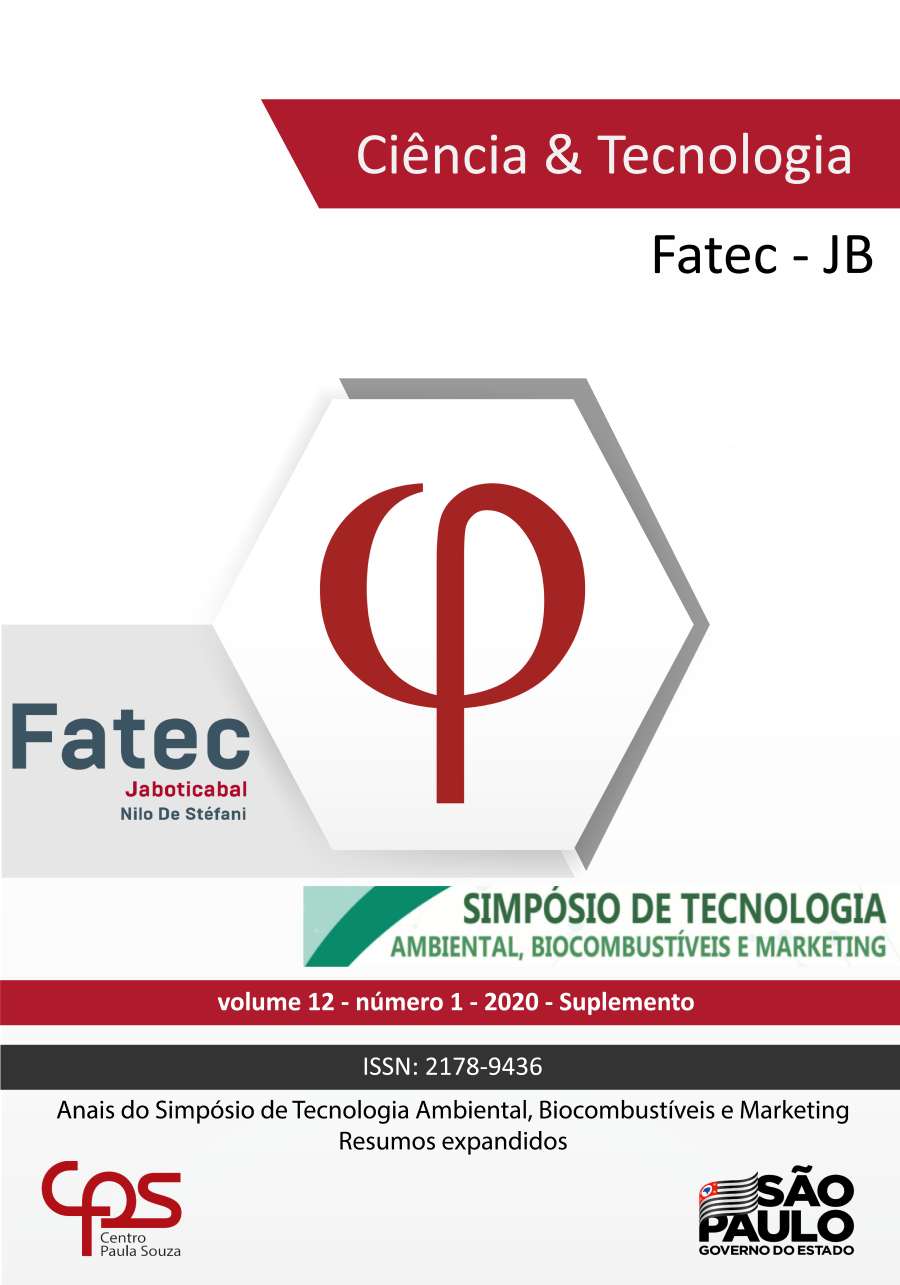IMPLANTAÇÃO DE TRITURADOR DE GALHOS NOS MUNICÍPIOS E DA UTILIZAÇÃO DE RESÍDUOS VERDES PARA MELHORAMENTO E RECUPERAÇÃO DO SOLO
DOI:
https://doi.org/10.52138/sitec.v11i1.137Palavras-chave:
Arborização urbana, Resíduos verdes, Triturador de galhos, ImplantaçãoResumo
A necessidade e o aumento da arborização urbana corroboram com um maior número de podas e possíveis supressões arbóreas, ampliando a quantidade de resíduos verdes gerados que necessitam de uma correta disposição e utilização. Também o que se pode levar em conta é que, triturando e utilizando esses resíduos para o beneficiamento de solos, diminui o volume de galhos e folhas verdes descartados incorretamente nos aterros sanitários, material comburente e um dos grandes causadores dos incêndios sanitários. Este trabalho objetiva avaliar e enumerar os benefícios que a implantação do triturador de galhos nos municípios. Foi desenvolvido através de revisão bibliográfica seguida de estudo de caso no município de Itápolis-SP. Face aos benefícios ambientais atrelados ao uso do triturador de galhos nos municípios e avaliando a implantação do triturador de galhos no município, desde a implantação até setembro de 2020, foram separados e triturados 1.796,200 quilos de resíduos verdes. O uso dos resíduos triturados foi destinado às hortas rurais e urbanas, recuperação de Áreas de Preservação Permanente degradada e em produções rurais. O incentivo e implantação desta tecnologia nos demais municípios pode ser uma medida importante para a redução do volume desse tipo de resíduo destinado aos aterros sanitários bem como propiciar o retorno desses nutrientes à ciclagem.
Referências
ANDRADE G. C.; Efeitos da Aplicação de Composto Orgânico de Lixo Urbano e de Fertilizante Mineral em Povoamentos de Eucalyptus grandis W. Hill ex Maiden. Tese (Doutorado em Ciências Florestais), Universidade Federal do Paraná, Setor de Ciências Agrárias – Centro de Ciências Florestais e da Madeira, Programa de Pós-Graduação em Engenharia Florestal, Curitiba. 2002
BARATTA JUNIOR, A. P.; Utilização do composto de resíduos da poda da arborização urbana em substratos para produção de mudas. Dissertação (Mestrado em Ciências Ambientais e Florestais), Universidade Federal Rural do Rio de Janeiro, Programa de Pós-Graduação em Ciências Ambientais e Florestais, Rio de Janeiro. 2007
CARVALHO C. R. B. Compostagem de Resíduos Verdes e Orgânicos Alimentares. Dissertação (Mestrado em Engenharia Civil), Universidade Federal do Rio de Janeiro, Programa de Pós-Graduação em Engenharia Civil – COPPE, Rio de Janeiro. 2015.
FERNANDES, A. L. T., SANTINATO R., DRUMOND L. C. D., SILVA, R. P., OLIVEIRA, C. B. Estudo de Fontes e Doses de Matéria Orgânica para Adubação de Cafeeiro Cultivado no Cerrado. In: Simpósio de Pesquisa dos Cafés do Brasil, Uberaba, p.1024, 2000.
LORENZI, H. Manual de Identificação e Cultivo de Plantas Arbóreas Nativas do Brasil. Árvores Brasileiras, Nova Odessa, v.1, n.5, p.12, 2008.
PAIXÃO, R. M.; SILVA, L. H. B. R.; TEIXEIRA, T. M.; Análise de Viabilidade da Compostagem de Poda de Árvore no Campus do Centro Universitário de Maringá – CESUMAR. VI Mostra Interna de Trabalhos de Iniciação Científica, Maringá, p.3, 2012.
PREFEITURA DE ITÁPOLIS. Produtores de Itápolis já utilizaram mais de 400 mil kg de resíduos de poda em suas produções rurais. Itápolis, 08 mai. 2018. Disponível em: https://www.itapolis.sp.gov.br/portal4/index.php/2014-07-15-20-55-01/acesso-servicos-online/142-desenvolvimento-agropecuario-noticias/15186-produtores-itapoltanos-ja-utilizaram-mais-de-400-mil-kg-de-residuos-de-poda-em-suas-producoes-rurais. Acesso em: 15 outubro 2020.
Downloads
Publicado
Edição
Seção
Licença
Copyright (c) 2021 Ciência & Tecnologia

Este trabalho está licenciado sob uma licença Creative Commons Attribution 4.0 International License.


